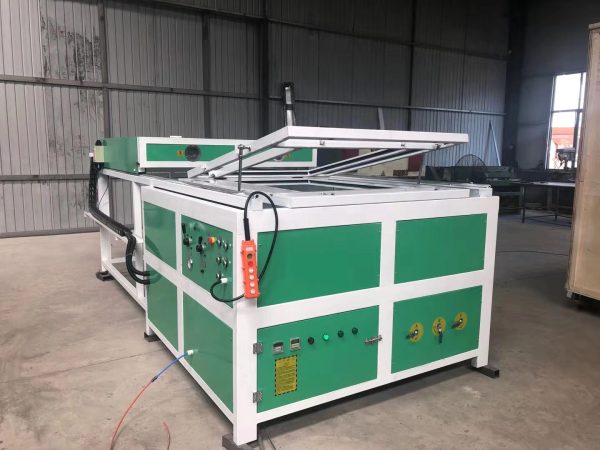Vacuum formers work by applying a vacuum to the material. The material is then forced through a vacuum nozzle and squeezed through the chamber. The plastic is then dried at a higher submelting temperature. When dry, the plastic may absorb moisture and expand to form air bubbles. This weakens the plastic, so monitoring the drying temperature is important. Also, overheating the plastic can cause a mesh to form around the mold. To avoid webbing, the mold should be kept small. Another problem is that the molded object tends to stick to the mold. To avoid this, it is important to form objects at a draft angle.
Problems with vacuum forming machines
The first step in troubleshooting a vacuum former is to list potential problems. If you find that the output is inconsistent or too detailed, your vacuum former may not be doing the job properly. Fortunately, most common mistakes can be easily corrected.
Vacuum formers use uniform pressure in the mold or plug, which allows the material to conform to the mold or plug. This process can be very precise, even for complex shapes. Therefore, mold makers usually use this machine to make plastic parts. While vacuum forming is easy to use, it is important to understand the problems that can arise.
Vacuum forming is suitable for thin plastic parts that require less material. It’s also a good choice for short-term manufacturing. But before you buy a vacuum former, you should carefully consider your production budget, time-to-market, and quality control testing. It’s also a good idea to discuss all options with the manufacturer.
There are some problems with vacuum forming when you try to use a plastic sheet that is too thick. The vacuum forming machine must have strong grips on the plastic sheet. Grips should hold the material properly and withstand vacuum pressure. The clamps should also be able to hold materials 6 to 10 mm thick. In addition, the vacuum forming machine should have guarded and interlocked moving parts.
vacuum forming machine cost
Cost is an important factor when choosing a vacuum forming machine. There are many models to choose from, varying in price, sophistication and functionality. Small desktops can cost hundreds of dollars, while industrial vacuum formers can cost tens of thousands. While benchtop models can be used for a variety of small parts, industrial machines are ideal for larger parts.
Vacuum forming machines are more affordable than plastic injection molding because of the lower cost of prototypes and tooling. For example, the mold cost for injection molding can be two to three times the cost of a vacuum molding machine. This makes vacuum forming a more cost-effective option for small to medium production runs.
Another advantage of vacuum formers is their flexibility. They are great for prototyping and testing new designs. The machines are capable of working with a variety of materials, including wood, structural foam, and 3D-printed plastic. Vacuum forming also allows for a higher degree of customization and a wider range of colors. These features make it possible to create custom products without high costs.
Materials suitable for vacuum forming
Vacuum forming is a method of making complex shapes and parts from plastic. The process uses vacuum and heat to press plastic material against a mold. Suitable materials include ABS, PETG and acrylic. Acrylic has good optical clarity and is often used in mechanical enclosures. It can also be transparent, which is why it is often used in aerospace applications.
There are many different types of vacuum forming machines. Generally, larger ones are used to make larger parts and are ideal for industrial applications. Smaller desktop machines are great for hobbyists and home professionals.
When selecting materials for vacuum forming, it is important to keep in mind that some materials may not be suitable for use in certain applications. First, the material should be able to withstand high temperatures for a minute. Then, the material should also be able to





